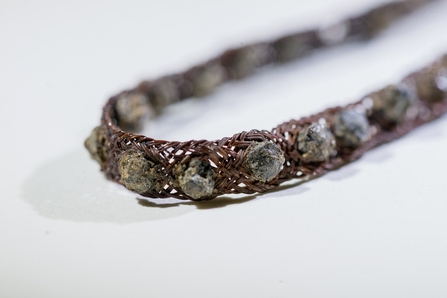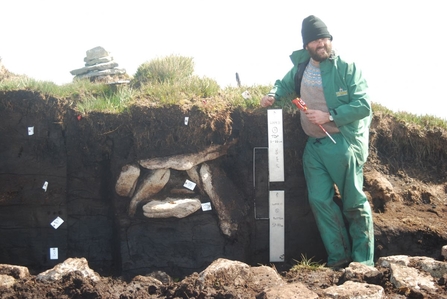A range of recent excavation and assessment projects have demonstrated the significance of upland wetlands in Dartmoor’s past, for both extractive industry in the recent past and for social or spiritual activities in prehistory.
Antiquarian sources reported the recovery of stone tools from below and within Dartmoor’s peat, but recent work as part of both peatland restoration schemes, and chance finds, have demonstrated preservation of internationally important archaeological sites and landscapes within the peat across the moor.



